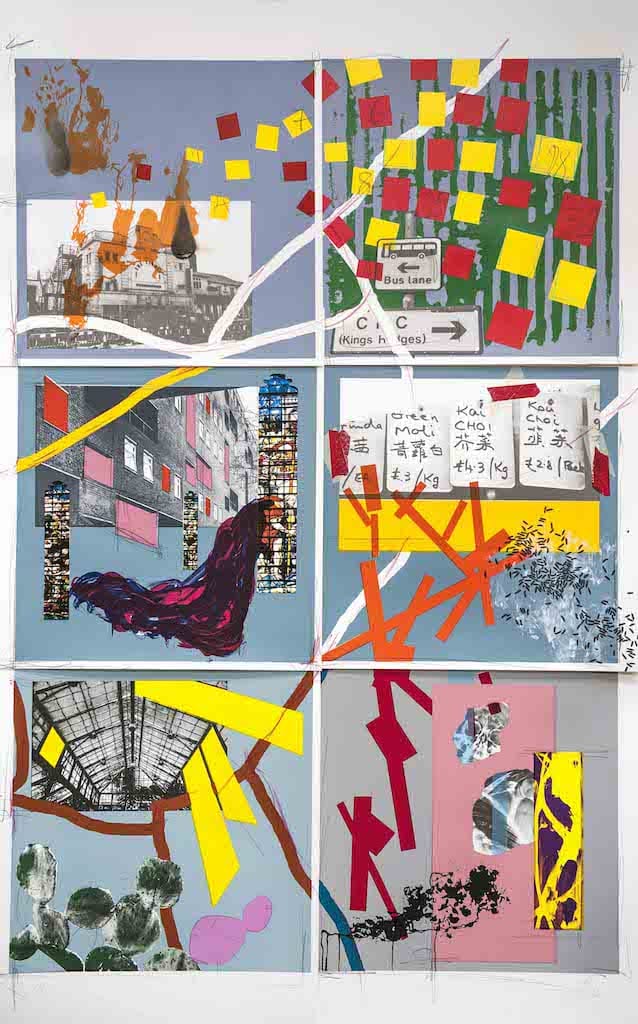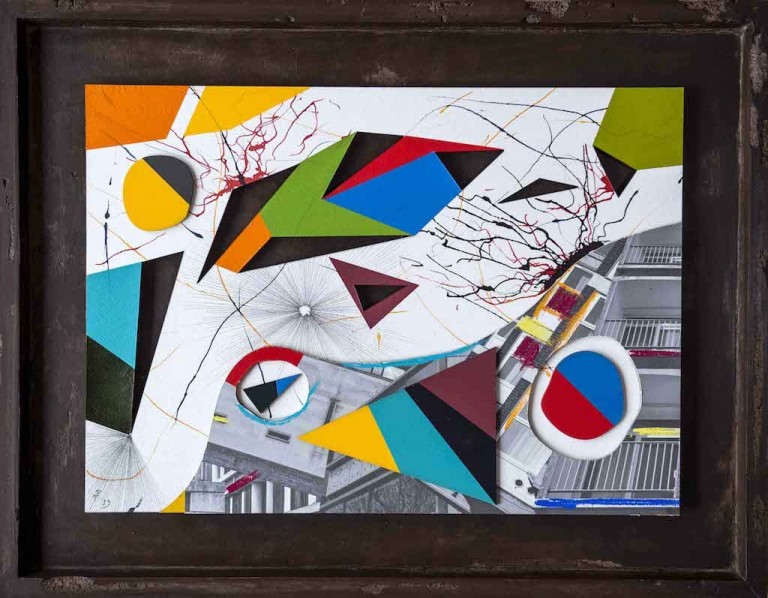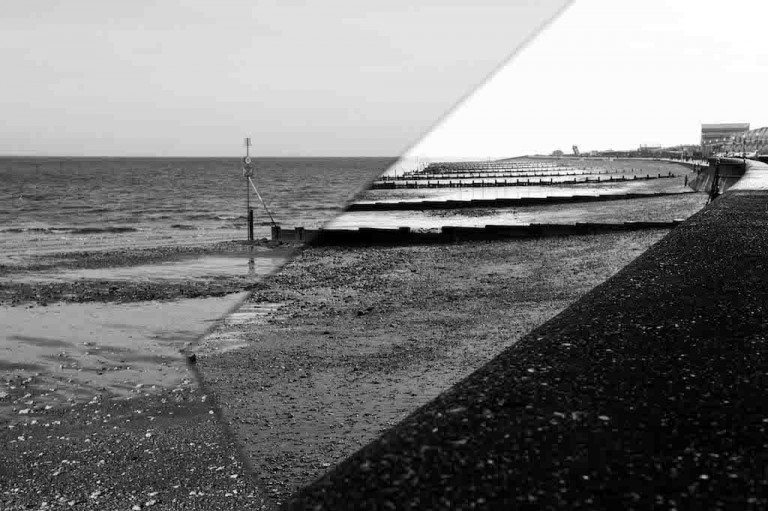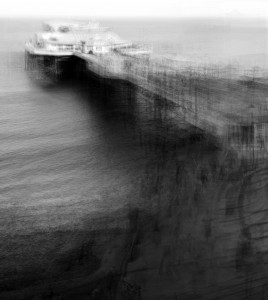DÉRIVE
[TRANSIENT PASSAGES AND VARIED AMBIANCES]
EXHIBITION JUNE 2015
The title for this exhibition, Dérive, comes from the French ‘To Drift’ and was coined by the French situationist theorist Guy Debord.
Debord was of the belief that the urban environment restricts human experience, by placing artificial constraints on our movements. We become conditioned to operate in small circles due to its psychogeographical effects (e.g. fear of certain areas and the unknown). The objective of the dérive therefore, is to wander through the urban landscape in an unplanned manner and to allow the surroundings to subconsciously direct your movements. The resulting experience would as a result be a more authentic response to that landscape.
The work produced for this exhibition attempts to follow this ideal.
The key work ‘Transient passages and varied ambiances’ is a collection of six screen prints.

They were designed to work individually but more importantly to also work as one. They are connected by the Cambridge road system that runs through all six works. The images produced, represent some different aspects of Cambridge found in those areas and true to the spirit of the Dérive, attempt to avoid the clichéd impression that Cambridge is solely about colleges and punts.
Other works included the ‘Aggregate’ series of paintings situated within concrete frames.

The urban environment, sometimes crumbling, is multifaceted and multilayered. These aim to capture that urban diversity and also to present an abstract common aesthetic.
The photographic pieces were of two types. The ‘Front to Back’ series present a disrupted narrative to the viewer.

Initially it is likely that the viewer will be slightly confused by what is in the image. Although the use of a mirror is obvious, the fact that there appears to be a continuity between the view in front and the reflected image is unusual. This disruption of the everyday experience is central to Debord’s theory.
Finally, the ‘Chronology’ series of photographic composites.

The photographic image is often thought to capture an instant in time. Yet, as time is continuous, the notion of an instant makes no sense. It is always the capture of a passage of time, whether that be 1/100th of a second or otherwise. These images reinforce both the very nature of that fallacy and also emphasise on a more literal level, that every scene has multiple perspectives.
A well known artist that produces similar work is Idris Khan. A more detailed interpretation of his work will appear in a future post.